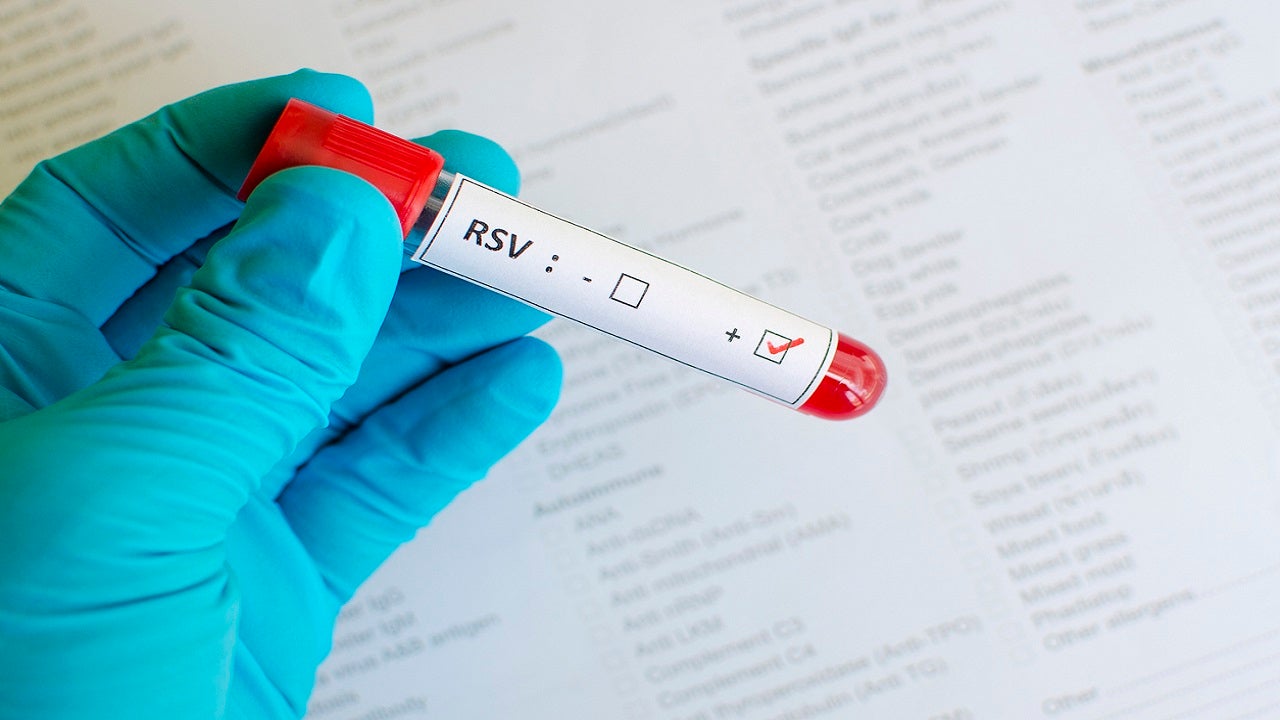More than a year into the infectious-disease pandemic, most are well aware that the symptoms of a COVID-19 infection often include fever, cough and shortness of breath. But the same may not be true for one group of people: children. A new study published in the journal Scientific Reports this week found that most children who contract the virus do not develop fever.
The study, published Thursday, found that the vast majority — about 81% — of the more than 12,000 children with laboratory-confirmed coronavirus infections who were a part of the study did not develop fever. Meanwhile, nearly 75% of the children “did not have any of the typical COVID-19 symptoms” such as cough or shortness of breath, the researchers added.
The researchers used data from electronic medical records of 33 health care organizations across the country. All patients analyzed were under the age of 18 and were diagnosed with COVID-19 between April 1 — Oct. 31, 2020.
The researchers found that only 16.5% of children studied developed respiratory problems, despite the fact COVID-19 is considered a respiratory disease. What’s more, only 18.8% of the pediatric patients reported symptoms such as muscle aches, joint pain, general malaise and the loss of taste or smell — the last of which has become a tell-tale sign of coronavirus infection, mainly in adults.
OVER A DOZEN STATES REPORT HALF OF ADULTS FULLY VACCINATED AGAINST CORONAVIRUS
Meanwhile, gastrointestinal symptoms such as nausea, vomiting and diarrhea were found among 13.9% of the pediatric patients, while headaches and other neurological symptoms occurred in less than 5% of the children studied. About 8% had skin rashes and other dermatological issues as a result of the virus.
Since the start of the pandemic, more than 3 million children have tested positive for COVID-19, according to estimates from the Centers for Disease Control and Prevention (CDC). Those between the age of 5 and 17 have accounted for just 10.2% of all virus cases confirmed in the U.S., per the CDC, while those between the ages of 0 and 4 have accounted for roughly 2%. For context, more than 33 million Americans have been infected by the novel disease in the past year.
FAUCI SAYS SCHOOLS SHOULD BE OPEN ‘FULL BLAST’ BY FALL
“Overall, our findings suggest that children and adolescents may have a milder course of illness compared with adults with COVID-19. Given the high prevalence of non-specific signs and symptoms and the fact that the majority of the patients lacked typical symptoms in our investigation, increased vigilance, innovative screening, and frequent testing is required among school-going children and their immediate contacts. Routine screening tools and procedures such as daily temperature checks in school may be less effective,” the researchers concluded.
“Our study findings may guide the resource utilization and mitigation efforts by local and federal health authorities, especially in areas with high COVID-19 incidence and prevalence. Innovative approaches, such as sentinel surveillance, random testing of children and the teachers, prioritizing children from high-risk households for COVID-19 testing, and providing education and training on the appropriate use of non-invasive pulse oximeters, may yield additional benefits and help mitigate the spread of COVID-19 among children,” they added. “Implementation of these strategies may need to be enhanced among children from racial/ethnic minorities to curtail the existing COVID-19 related health disparities.”









